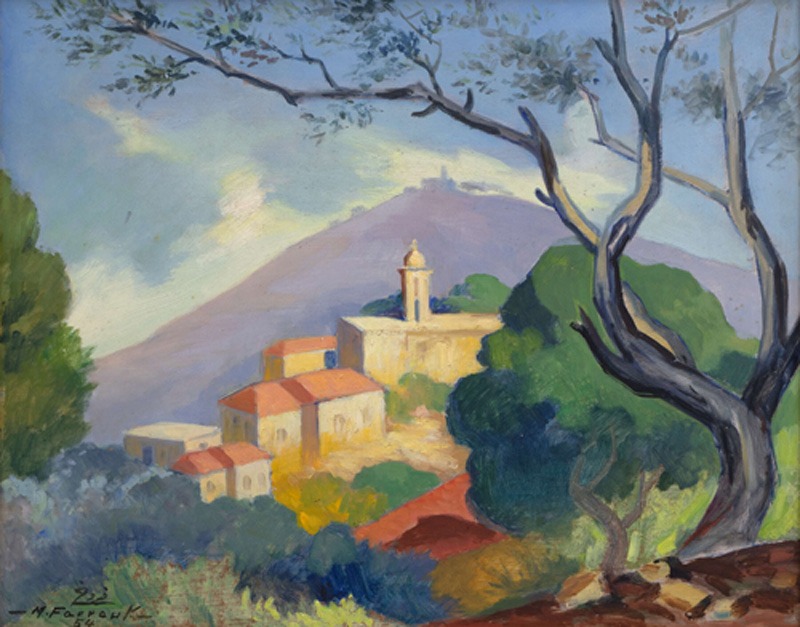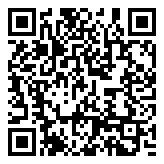
Farroukh & Onsi, Modernist Colleagues at Artscoops
This selection delves into the artistic kinship between two influential figures in Lebanese art history: Moustafa Farroukh and Omar Onsi, both considered part of the second generation of Lebanese painters alongside Bibi Zogbe and Cesar Gemayel. Their shared similarities echo the spirit that shaped Lebanese modernity in an era that endured for years.
Named after his poet grandfather, Omar Onsi was born into an educated family in 1901 in Beyrouth. Initially pursuing medical studies at what would later become the American University of Beirut, Onsi also began publishing his illustrations in a university paper. Unlike Farroukh, Onsi’s talent was discovered by Khalil Saleeby, who became his mentor. Both Onsi and Farroukh gained global recognition through their participation in exhibitions and fairs, establishing themselves as prominent figures in Lebanese modern art.
In contrast to their European counterparts, Farroukh and Onsi didn’t entirely sever ties with their artistic predecessors. Instead, they merged these influences with their cultural heritage, local politics, and history, anchoring their art in the Lebanese context. This fusion laid the foundation for true Lebanese painting, paving the way for subsequent generations of local modern artists. They chose to depict all strata of society, diverging from a focus on the aristocracy and religious figures. Notably, both artists frequently painted portraits of “Nahda” thinkers, representing a cultural and literary renaissance led by figures like Gibran Khalil Gibran and May Ziadeh. They assumed the role of ethnographers, documenting life and culture from Jordan to Andalusia, Spain, but primarily highlighting Lebanon’s diverse landscapes. Even when portraying foreign landscapes, their art retained an inherently Lebanese essence.

